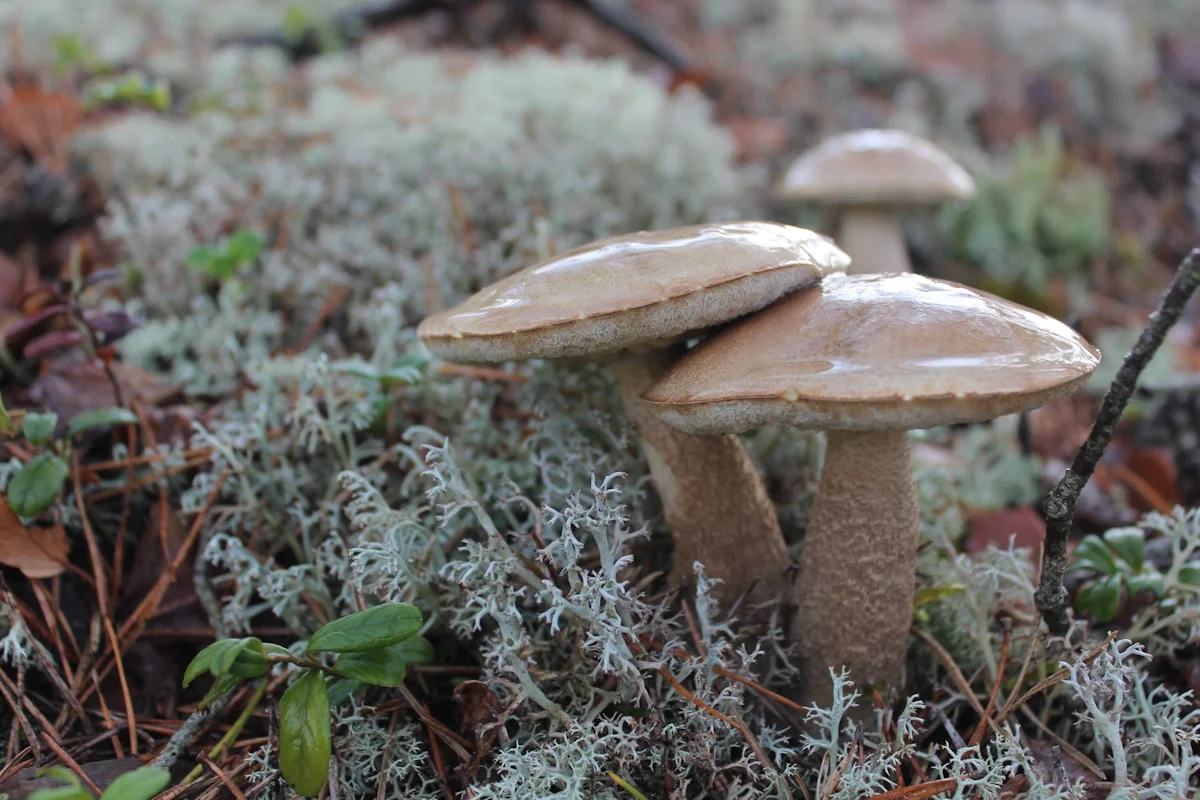Beginner’s Guide to Identifying Edible Wild Mushrooms in Massachusetts (2025)
Foraging for edible wild mushrooms in Massachusetts can be a rewarding and sustainable way to connect with nature while enjoying delicious, locally sourced food. However, identifying the right mushrooms is crucial—some species are toxic and dangerous if consumed. This beginner’s guide will help you safely recognize edible wild mushrooms Massachusetts has to offer, covering key identification tips, common species, and best practices for responsible foraging in 2025.
Why Forage for Edible Wild Mushrooms in Massachusetts?
Massachusetts boasts diverse forests, wetlands, and meadows that support a wide variety of mushroom species. From the Berkshires to Cape Cod, the state’s ecosystems provide ideal growing conditions for many edible fungi. Learning to identify edible wild mushrooms Massachusetts foragers love—such as morels, chanterelles, and chicken of the woods—can enhance your outdoor adventures and culinary experiences. However, always prioritize safety by consulting expert guides, joining local mycological societies, and never consuming a mushroom unless you’re 100% certain of its identity.
Common Edible Wild Mushrooms in Massachusetts
Several edible wild mushrooms Massachusetts foragers frequently encounter are relatively easy to identify with practice. Morel mushrooms (Morchella spp.) are a prized find in spring, recognized by their honeycomb-like caps and hollow stems. Chanterelles (Cantharellus cibarius) glow golden-orange in summer and fall, with a fruity aroma and funnel-shaped caps. Chicken of the woods (Laetiporus sulphureus) grows in bright orange-yellow shelves on trees and has a texture similar to poultry. Black trumpet mushrooms (Craterellus cornucopioides) are another delicacy, appearing as dark, trumpet-shaped fungi in hardwood forests.
Key Features for Identifying Edible Wild Mushrooms
Correctly identifying edible wild mushrooms Massachusetts foragers seek requires attention to detail. Examine the cap shape, color, and texture, as well as the gills, pores, or ridges underneath. Note the stem structure—whether it’s hollow, solid, or bulbous—and any distinctive smells. Spore prints, obtained by placing a mushroom cap on paper overnight, can also help with identification. Always cross-reference multiple reliable sources, such as field guides or apps like iNaturalist, and consider consulting experienced foragers before eating any wild mushroom.
Toxic Look-Alikes to Avoid
While edible wild mushrooms Massachusetts offers are plentiful, dangerous look-alikes exist. The deadly destroying angel (Amanita bisporigera) resembles young puffballs or edible Agaricus species but contains lethal toxins. False morels (Gyromitra spp.) can be mistaken for true morels but are poisonous if improperly prepared. Jack-o’-lantern mushrooms (Omphalotus illudens) glow in the dark and resemble chanterelles but cause severe gastrointestinal distress. Never rely solely on visual identification—always verify with multiple characteristics and expert opinions.
Best Practices for Safe Mushroom Foraging
Foraging for edible wild mushrooms Massachusetts requires caution and respect for nature. Always bring a field guide, a knife for clean harvesting, and a basket for airflow to prevent spoilage. Avoid picking mushrooms near polluted areas, roadsides, or sprayed lawns, as they absorb contaminants. Take only what you need, leaving some behind to support ecosystem health. Consider joining the Boston Mycological Club or other local groups to learn from seasoned foragers and participate in guided hunts.
Where to Find Edible Wild Mushrooms in Massachusetts
Edible wild mushrooms Massachusetts hunters seek thrive in specific habitats. Morels favor burned or disturbed areas, while chanterelles grow near oak, beech, and conifer trees. Chicken of the woods is often found on decaying hardwood logs. State parks like the Blue Hills Reservation and the Mohawk Trail State Forest are popular foraging spots, but always check regulations—some areas prohibit mushroom harvesting. Private land requires permission, so always forage responsibly and ethically.
Preparing and Cooking Wild Mushrooms
Once you’ve safely identified edible wild mushrooms Massachusetts provides, proper preparation is key. Clean them gently with a brush or damp cloth to remove dirt. Some mushrooms, like morels, must be cooked thoroughly to neutralize toxins. Sautéing, roasting, or adding them to soups enhances their flavors. Always try a small portion first to ensure no adverse reactions, and store leftovers properly to maintain freshness.
Final Thoughts on Foraging in Massachusetts
Foraging for edible wild mushrooms Massachusetts is an enriching hobby that deepens your appreciation for local ecosystems. By learning to identify species accurately, avoiding toxic look-alikes, and following ethical harvesting practices, you can enjoy the bounty of nature safely. Whether you’re a beginner or an experienced forager, always prioritize education and caution to make the most of your mushroom-hunting adventures in 2025.

